What is a Contingent Offer – Sale of Buyer’s Property Contingency
What is a Contingent Offer – Sale of Buyer’s Property Contingency
In essence, all home sales are contingent on something. The Purchase Agreement itself has different areas for Financing and Inspection Contingencies. All sales are also contingent on obtaining a clear title for the property which is necessary for closing. But when someone mentions they sold their home, but the offer is “contingent,” what they almost always mean is that for the sale to proceed forward the buyer needs to sell their home.
Let’s take a closer look at what is called the “Sale of Buyer’s Property Contingency.” A couple of quick notes before we consider the contingency. First, if a seller accepts an offer that is contingent on the sale of the buyer’s home, they can continue to offer their home for sale until the buyer removes the contingency. The seller can also ask for the contingency to be removed by the buyer at any time (say if the seller gets another offer). Should the seller ask for the removal of the contingency, the buyer is allowed a certain number of days to remove the contingency through the successful sale of their home. This sale must be free of all contingencies except for financing. If they can not sell their home within that time frame, the buyer then needs to sign a cancellation, and the seller can move forward with the other offer or to continue to market their home without a contingency being noted in MLS. Many times, sellers are worried that having the contingent offer on their home decreases the showings they are receiving. That can be true in some cases, but it is very case-dependent. Say a home has been on the market for an extended time. Buyers may be hesitant to see it because they believe it is over-priced or has some other issues. But if now the listing is “sold contingent on the sale of the buyers property” buyers may decide to go ahead and give it a look.
So, here’s how this contingent offer all plays out on the Purchase Agreement. First, in lines 2199-200 of the purchase agreement the buyer is letting the seller know that this contract is contingent on the sale of their current home and that there is an Addendum called the “Sale of Buyer’s Property Contingency” as part of the contract.
This form is really a nice straightforward addendum. The first part of the addendum just ties it to the Purchase Agreement. Starting on line 5 the addendum is letting the seller know how quickly the buyer can get the home on the market and who they intend to list it with. The more ready the buyer is to get their home on the market, the more likely the seller is to consider accepting the contingent offer.
The next portion of the addendum simply states that the seller will continue to offer the home for sale until the buyer removes the contingency. But, as stated on line 10, the seller can ask the seller to remove the contingency at any time, for any reason. To remove the contingency, the seller/seller’s agent needs to request the removal in writing. Once the request has been received by the buyer/buyer’s agent the clock begins. The time frame for removing the contingency is laid out on line 14. Say the addendum states “4 business days” here. Then if the buyer receives the request to remove their contingency on a Friday they would have until the end of the day on Thursday (assuming no holidays) to satisfy the requirements to remove the contingency as stated in lines 15-18. Note that the offer required to satisfy the removal of the contingency must be free of any contingencies except financing. Once the buyer removes the contingency on the sale of their home, then their purchase agreement becomes contingent on the successful closing of their home (see line 202 of the purchase agreement). If the buyer is unable to remove the contingency within the terms of this addendum when they are asked to do so, or if their home does not close prior to the date they have requested in their Purchase Agreement, they are required to sign a cancelation and will be refunded their earnest money.
It’s important to discuss with your Realtor whether they believe you can put an offer in on a home that is contingent on the sale of your home. In some price ranges where multiple offers are prevalent, it is almost never used because it may be seen by the sellers as a “weaker” offer. But in other markets, contingent offers are widely used. If you do decide to put in an offer that is contingent on the sale of your home, you should understand how long it might take to sell your home and if it will even be possible to hit your requested closing date. If not, you may just want to list your home prior to purchasing and have a clause on the sale of your home that states the “sale is contingent on the seller finding and closing on the home of their choice.”
Real Estate contracts can be complicated but are there to protect you in the sale and purchase of your home. Please contact me with any questions you may have.






